- Joined
- 19 July 2016
- Messages
- 4,279
- Reaction score
- 3,463
After the other events this year, not much will surprise anymore.
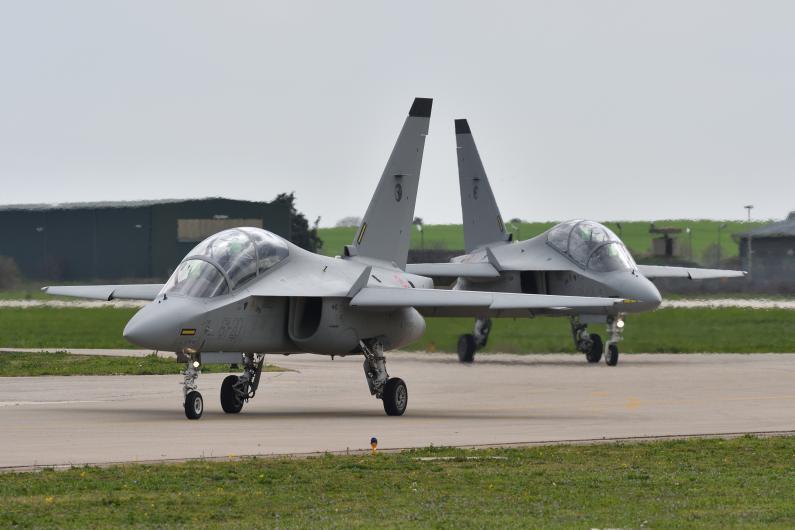
US Air Force looks to rent T-X contest losers to prepare for Boeing T-7A
The US Air Force is looking to rent four to eight jet trainers to perfect its training regime and further refine capabilities needed on the winner of the T-X trainer contest, the Boeing T-7A Red Hawk.www.flightglobal.com
What a strange idea... you order the losing contender to refine the winning one?!
So what will happen to the loosing contenders once Boeing gets the T-7 production ramped up to at least normal? This is a bit crazy for the USAF to go down this route.
So what will happen to the loosing contenders once Boeing gets the T-7 production ramped up to at least normal? This is a bit crazy for the USAF to go down this route.
They get returned to the manufacturers. This is just a lease of a dozen aircraft or so, all told.
With the benefit of "As used by the USAF" tag, I would imagine.So what will happen to the loosing contenders once Boeing gets the T-7 production ramped up to at least normal? This is a bit crazy for the USAF to go down this route.
They get returned to the manufacturers. This is just a lease of a dozen aircraft or so, all told.
Thanks TomS.
Little to do with "giving Lockheed everything," and an early run of 4-8 aircraft wasn't included in the requirements. Notably, T-X required US production and this small lease of some test airframes is going to be of aircraft produced in Korea (assuming T-50 survives the lawsuit). Lockheed may have gotten US production of their existing aircraft up faster than Boeing will get the Red Tail out, but not so much more so that USAF thought it was decisive or that it outweighed the Boeing-Saab's other advantages.hm yeah they should have went with the TA-50 in the end, they wouldn't have this problem.
but I guess they were worried about giving Lockheed everything
FMV Procures New Training Aircraft for the Swedish Armed Forces
(Source: Swedish Defence Matériel Agency, FMV; issued May 04, 2020)
(Unofficial translation by Defense-Aerospace.com)
The [Swedish] Air Force's current training aircraft, the Saab SK 60, has many years of service, but now the government has given FMV an authorization to procure a complete flight training system for the first phase of the pilot training. This includes aircraft, simulators, safety equipment and maintenance.
Before the Swedish Armed Forces pilots flew Gripen, they had spent many hours side by side with an instructor in an SK 60, or Saab 105 as the plane is named in its civilian version. The twin-engined training airplane has been the basis of all flight training for pilots since the 1960s, now FMV is working to procure a new school airplane with associated equipment.
The Air Force is in great need of a new school airplane as well as all associated systems for training future pilots. The existing school aircraft, SK60, flew for the first time in 1963. Since then, much has happened in the aviation industry and in the Air Force, both in terms of technology but also how it is intended that future pilots should be trained.
“The procurement that FMV is now carrying out and which the government has authorized is a complete so-called Basic Trainer Aircraft system for the first phase of the training,” says Andreas Säf Pernselius, FMV project manager.
The goal is for the education system to be ready at Malmen in Linköping for the first batch of pilot students in the summer of 2023. And before that, flight instructors should be able to fly into the system.
“It is a very tight timeline but the Air Force's clear requirement is that the system should be based on existing products and that there should be no Swedish special solutions. The supplier will also be responsible for maintenance for the first three years with an option for another two years. The idea then is to postpone the competitive maintenance contract,” says Malin Olofsson, strategic buyer.
It is a team effort to develop the documentation required for a competitive procurement of this kind. It is important that the bidders receive a good basis for their tenders, which also facilitates when we evaluate the tenders. This is stated by strategic buyer Malin Olofsson and project manager Andreas Säf Pernselius.
Quick handling
FMV has conducted feasibility studies at different times and with different intensity, conducted a market study via a so-called RFI and developed a basis for the procurement of a complete education system. Due to various reasons, the procurement has on several occasions been postponed in the future. When FMV received information that the government was close to deciding on the issue, a project team was quickly put together.
“We gathered staff from different areas of expertise within FMV. The team worked on compiling the procurement documentation such as the technical specification, the specification for the undertaking and the request documentation,” says Malin Olofsson.
The challenges during the completion of the tender documentation for the procurement have been to gather all stakeholders affected by the school aviation system, including several departments and competencies within FMV. The project also works closely with the Air Force's representatives.
“Creating such a comprehensive foundation as we have now done is not possible without all the stakeholders from the beginning and that everyone has an open mind to the task and can handle rapid changes, it is best done together as a team,” says Andreas Säf Pernselius .
Facts
The parts that will be included in the contract and the contract are:
-- aircraft
-- flight safety equipment (helmets, mask, lifejacket, parachute, etc.)
-- simulators
-- Part Task Trainer (simpler PC type simulators)
-- CBT (Computer Based Training)
-- TLS (Through Life Support), engineering support for the product's life
-- aircraft maintenance (operational aircraft on the line and heavy maintenance)
-- maintenance of simulators
The tender documentation will be available on the eAvrop website until 31 July 2020.
FMV then starts evaluating the tenders that have been received.
-ends-
I would imagine the the Boeing/Saab T-7 Red Hawk would be the lead candidate for this though I wonder if the target date will preclude it.
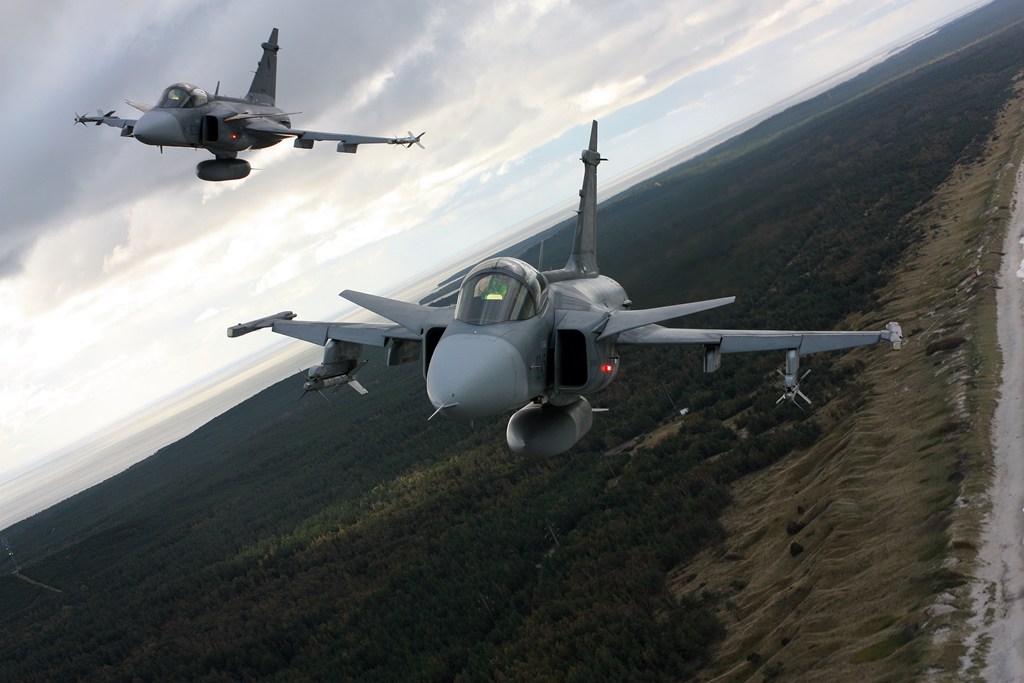
My understanding is they've been wanting to buy PC-21s for awhile. I wonder if they're thinking if they buy PC-21s, Switzerland will buy Gripens?
Regarding the next generation trainer for the SwAF, I don't understand why you would buy a 21 to replace the Sk60 when you can fly a 345 for next to the same price (sustainement included - 15000 hr guys!!! )
On the long term, It would be like trading your Saab Aero for a used VW Beetle...
The T-7 is an advanced trainer that might have better alpha output than a Gripen. But even so, it could open Sweden to challenging dissimilar aircraft training like aggressors.


US Air Force considers leasing trainer jets that lost the T-X competition
The service is interesting in leasing trainers to test out a new concept ahead of the delivery of the T-7 Red Hawk.www.defensenews.com
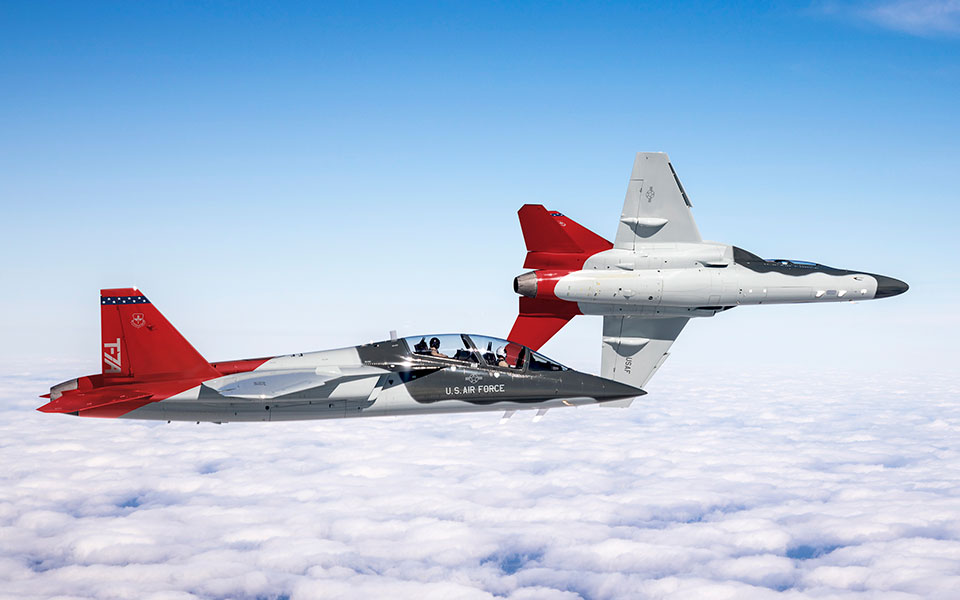
somewhat related
Korea orders TA-50 block 2
not sure hwats the difference between block 1 and 2 but here u go
South Korea orders 20 TA-50 Block 2 training/light attack aircraft
South Korea’s Defense Acquisition Program Administration (DAPA) has awarded a KRW688.3 billion (USD572.8 million) contract to Korea Aerospace Industries (KAI) for the...www.janes.com
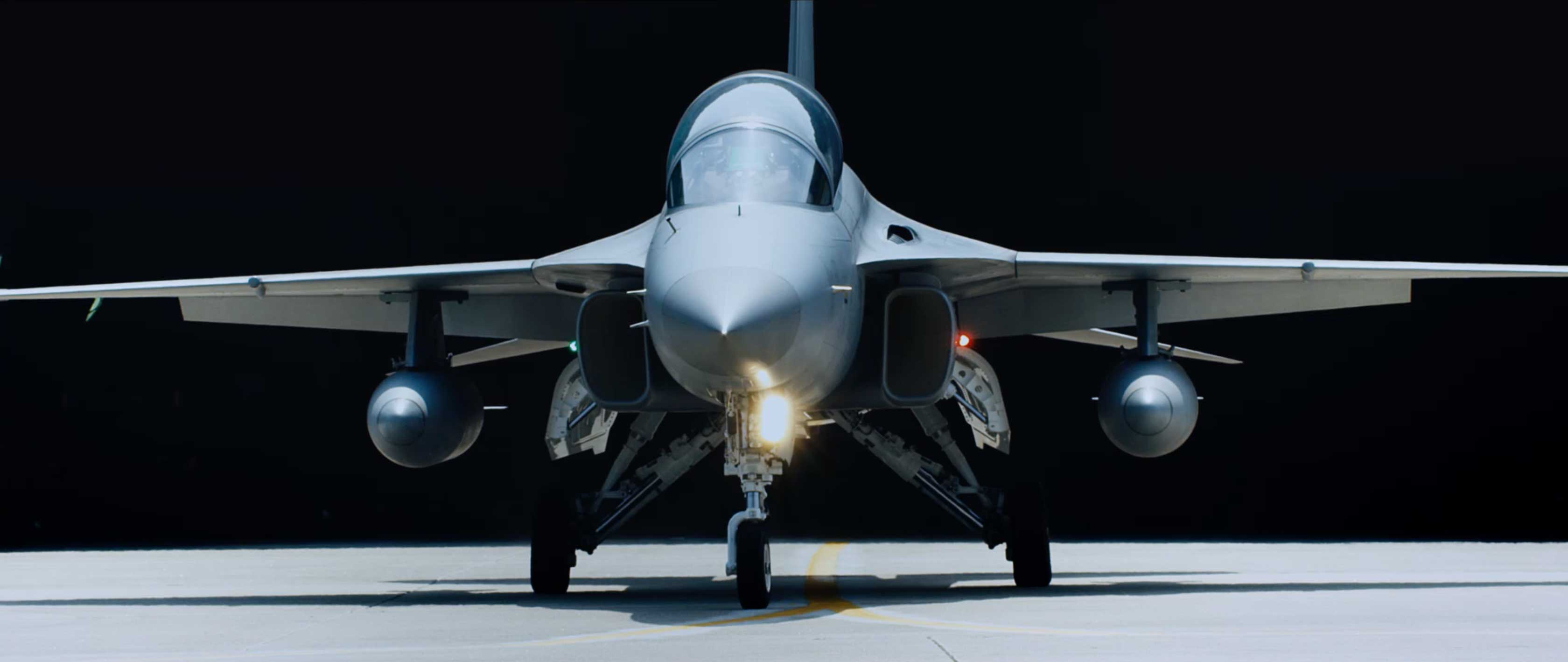
People are reading too much into the TA-50 Block 2 announcement. If you read on KAI's own website it is pretty obvious that Block 2 simply refers to the the second mass-production deal:

KAI KOREA AEROSPACE INDUSTRIES, LTD.
KAI, Korea Aerospace Industries, Commercial Aircraft, Commercial Helicopter, Military Aircraft, Military Helicopter, Unmanned Aerial Vehicle, Defence and Space, Aircraft Company, Aerostructure, Satellite, Space Launch Vehicle, MRO, Training System, KF21, KF-21, T-50, FA-50, KT-1, KC-100, LAH...www.koreaaero.com
how simple is it to convert a TA-50 to an FA-50?It simply just means the second production run. However, the second production one is distinct from the first in that the dedicated assembly line for the TA-50 was converted to the FA-50 a long time ago, thus this TA-50 is practically just the FA-50 with link-16 removed.
This should probably be moved to a different thread but here is the short version: Main difference is in the vertical stabilizer. 'Original' TA-50 has a clipped vert. stab. identical to the T-50. While the FA-50 has a (very F-16 like) vert. stab. with a (housing for the) antenna for the rwr on top. So if you check the T-50i, T-50IQ, T-50A they are all actually 'FA-50's in a way. So I would say it is difficult to convert the 'original' TA-50s but for most of the exported T-50 family flying currently, its simply a matter of adding the missing avionics/systems.how simple is it to convert a TA-50 to an FA-50?It simply just means the second production run. However, the second production one is distinct from the first in that the dedicated assembly line for the TA-50 was converted to the FA-50 a long time ago, thus this TA-50 is practically just the FA-50 with link-16 removed.
so far I think Philippines is the only customer of the FA version
all other exports (Iraq, Indonesia, etc) use just the trainer version
I think S.Korea uses all 3?
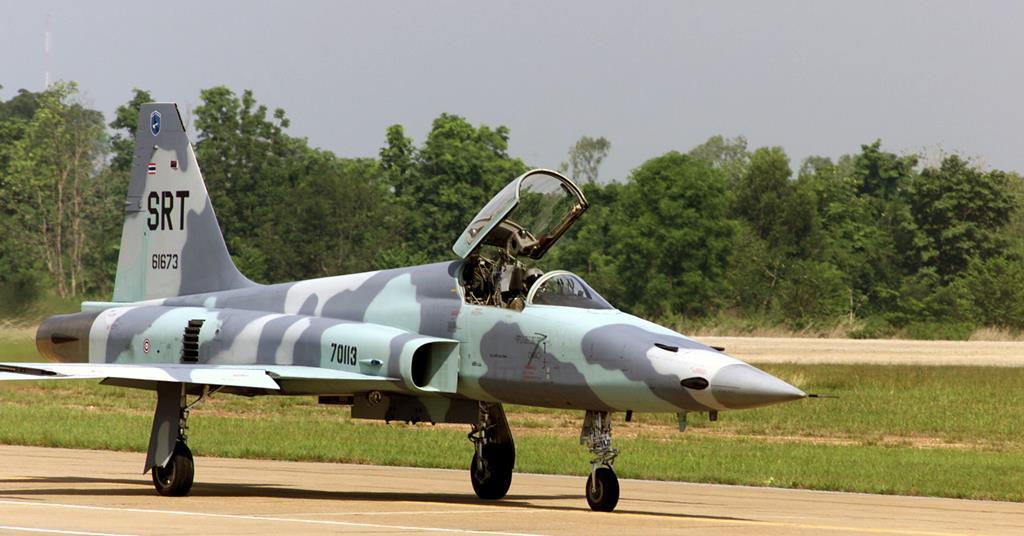
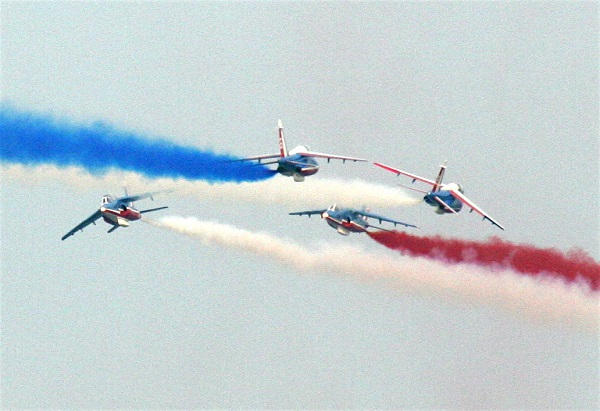
 www.opex360.com
www.opex360.com
